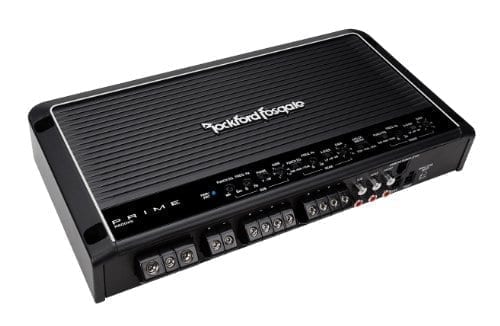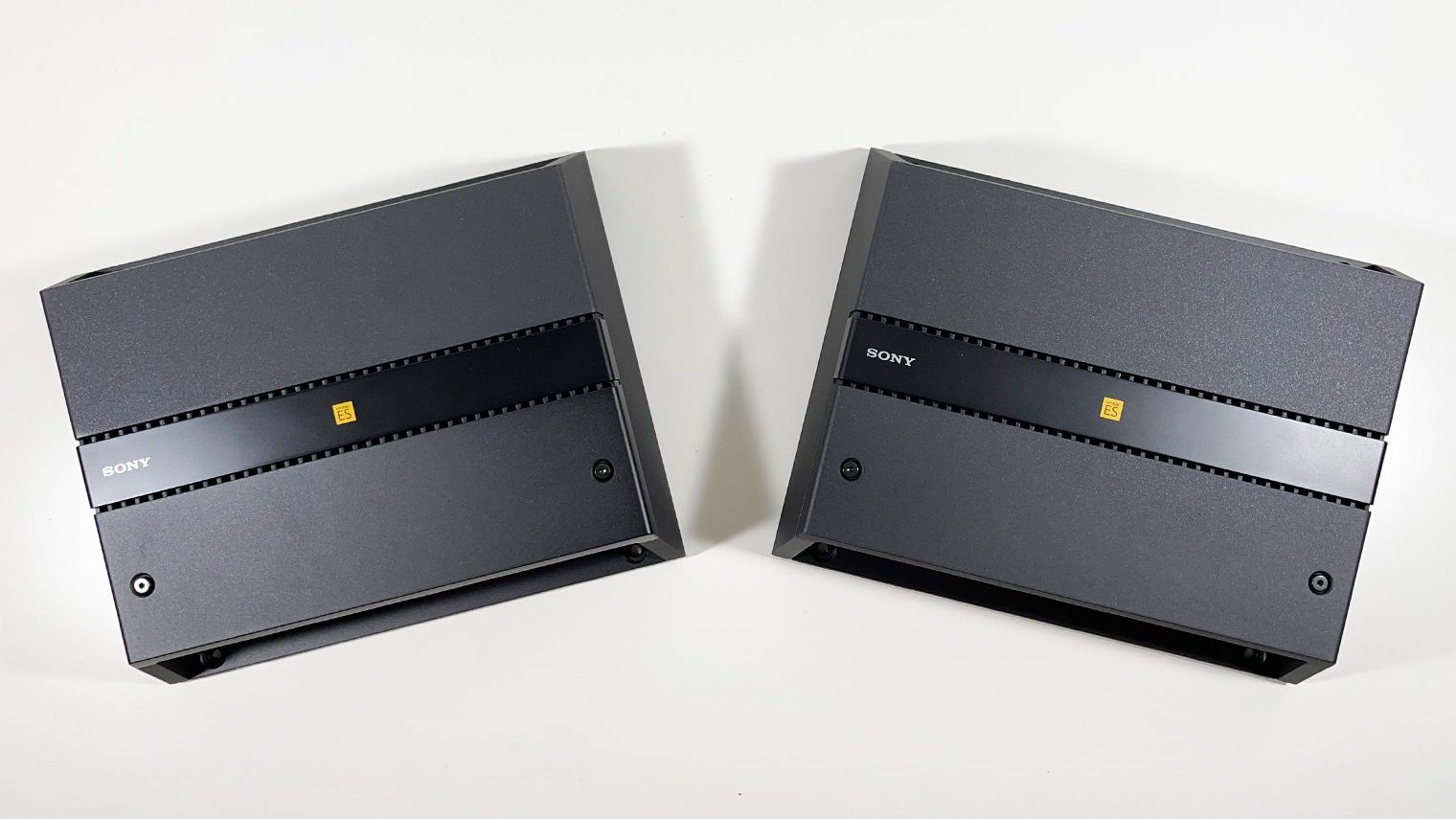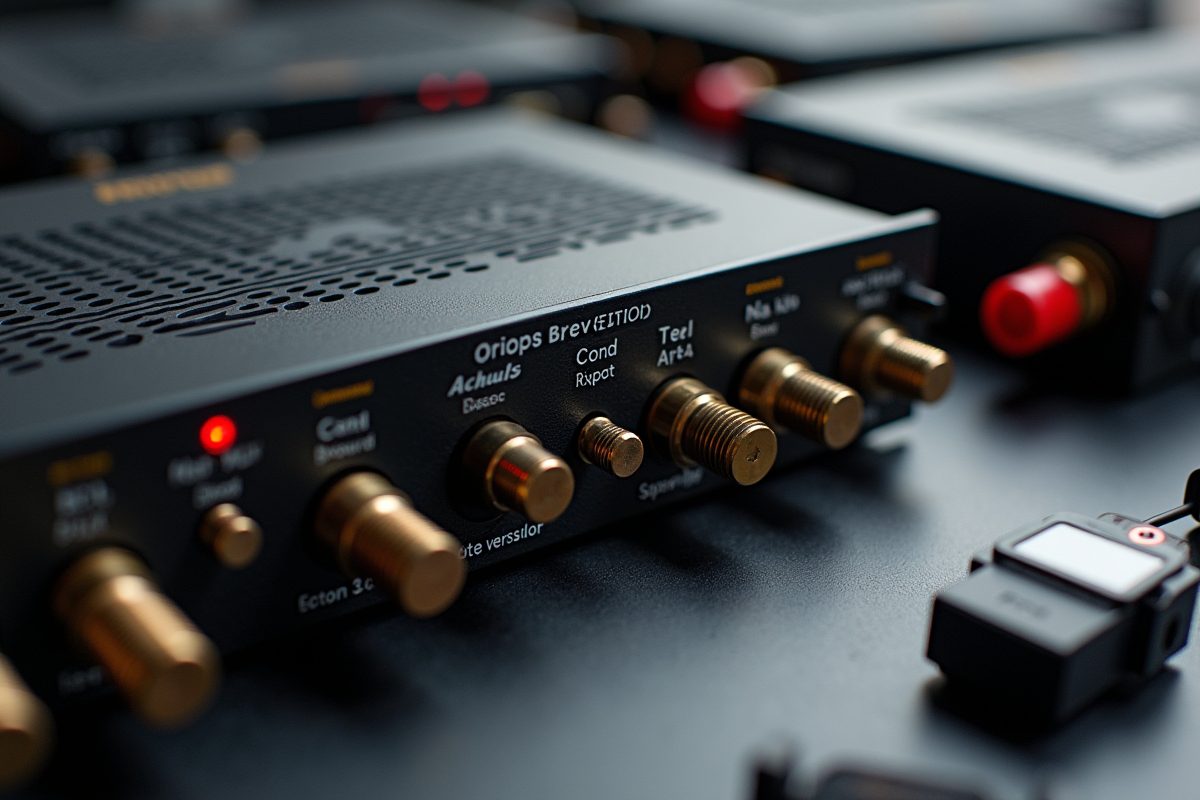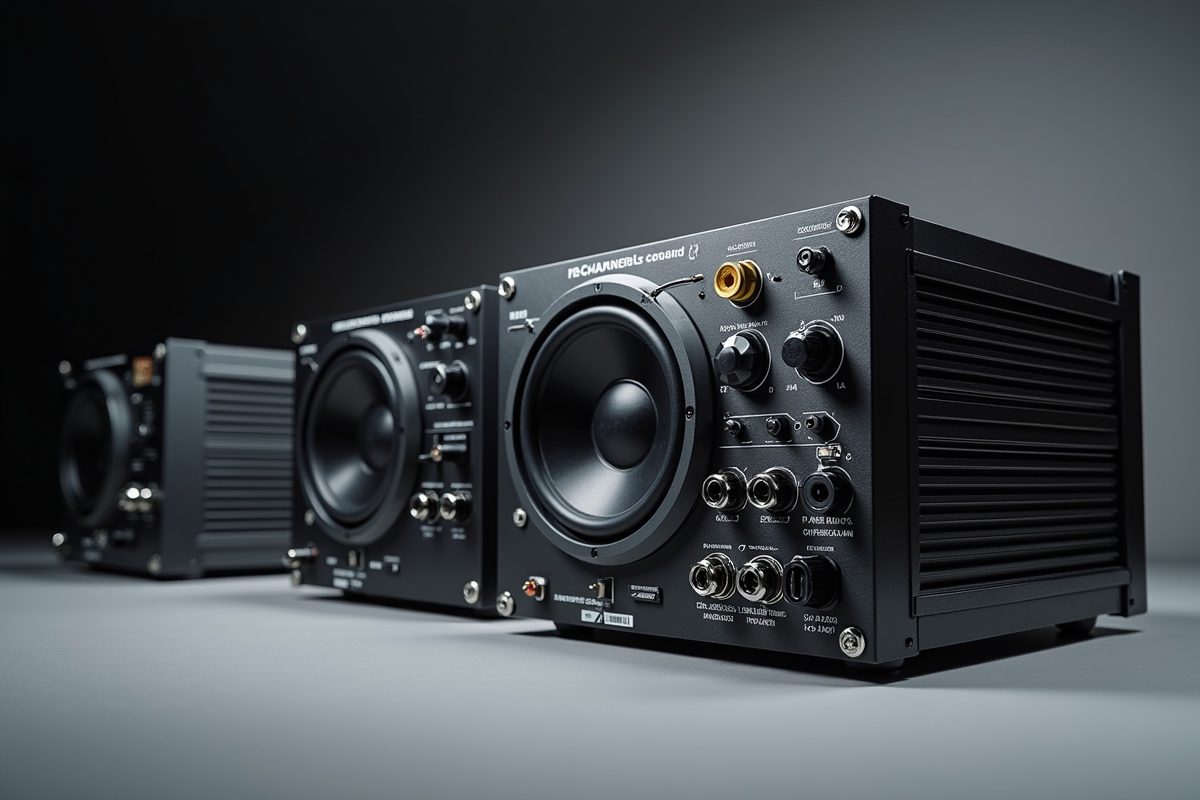Home > Learn > Choosing the Right Equipment > The Untold Truth About Powering Subs in Cars: 5-Channel vs. 4-Channel Explained
Introduction
When diving into the world of car audio upgrades, the decision between opting for a 5-channel amp or going for separate amps is a common conundrum. I've spent over 15 years installing car and marine audio systems, and this comparison comes from countless real-world installations and tests in my garage. Understanding the implications of your choice here is key to achieving the perfect sound setup in your vehicle, whether you're revamping a compact SUV audio system or seeking more juice for your power-hungry subs.
Why Choose a 5-Channel Amp?

A 5-channel amp is a space-saving car amp solution that really shines in compact SUVs or even sedans with limited trunk space. Here’s why I think they're a great choice:
- Simplified System Wiring: With fewer components, wiring becomes a breeze. You avoid the complexity of integrating multiple amplifiers, which means less time twisting wires and more time enjoying your tunes.
- Class D Efficiency and Heat Management: Most modern 5-channel amps use Class D technology, which is energy-efficient and generally runs cooler. This helps in tight spaces where heat can be an issue.
- Cost-Effective Option: These amps strike a balance between budget and quality. You get enough power to drive your speakers and subwoofer, potentially saving money compared to multiple units.
I personally love the clean look of a single amp too—minimalist and tidy. If you're fitting out something like a Honda CR-V or similar, this option is pretty cool.
The Case for Separate Amps

On the flip side, separate amps allow greater customization:
- Enhanced Power Matching: With separate amps, you can perfectly match power ratings between your speakers and subwoofers, ensuring peak performance.
- Customization for Audio Needs: You can pick amps tailored to specific components, like a monoblock amp for subs and a multi-channel for the speakers.
- Better Heat Management: Dedicated amps can spread out the workload, reducing heat build-up—a big win in hotter climates.
For serious car audio enthusiasts, the option to upgrade components down the line is invaluable. I've upgraded my systems countless times, and having separate amps definitely makes that easier.
Performance Comparison
Sound Quality
I personally think that both setups can deliver excellent sound, but there’s a nuance:
- 5-Channel Amps often provide a well-balanced sound right out of the box—ideal for those who prefer simplicity.
- Separate Amps can edge out in terms of clarity and depth, particularly if meticulously matched to components. They can, in some cases out perform a 5-channel amp setup in certain scenarios where you are able to better match the components of the system with the power and specs of the amplifier. Downside is the installation is more difficult.
Power Handling
- Power handling depends on the amp, but generally what I've seen is that 5-channels are not going to match the total output of a multi-amp system. That said, 95% of the use cases for an amplifier would be easily met with the power output of a matched 5-channel amp.
Installation Complexity

Pretty straight forward – if you're new to installation, the 5-channel setup is the easier route. However, separate amps aren't rocket science either – they just require a bit more planning, a bit more room, a few more components and wire – you get the idea.
Features to Look For

Whether you're leaning towards a 5-channel amp or separate amps, here are some must-have features:
- Built-in DSP: A digital signal processor can elevate sound quality by optimizing audio signals.
- Variable Crossovers: Essential for tuning the system to suit your taste.
- Compatibility Checks: Always ensure amps match the impedance and power requirements of your gear.
Quick tip—don’t forget to consider physical dimensions (check your vehicle space twice!).
Real-World Experience: Which One Would I Choose?
I've personally tested both setups in different vehicles. For a balanced everyday setup, the 5-channel amp kept things streamlined in my old Ram 1500. But when I got my hands on my 2021 F-150, I couldn’t resist going for separate amps to maximize the audio thrills. Friends who’ve done similar upgrades reported equal satisfaction from both paths, depending on their goals.
Conclusion
To sum up, my honest take is this: if you value simplicity and space, a 5-channel amp is a wonderful solution. If you're craving that extra degree of customization and power, separate amps are hard to beat. Whichever you choose, make sure it aligns with your sound goals and vehicle setup. After all, audio is a very personal experience—just like the right playlist for a long drive.
Remember, it’s not just about making noise; it’s about crafting your perfect sonic journey!

